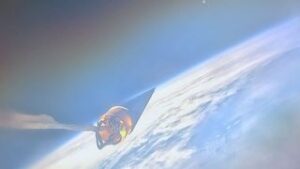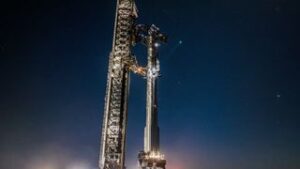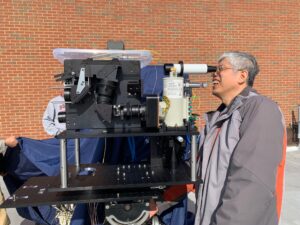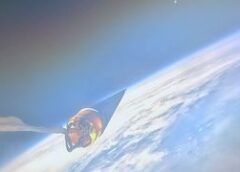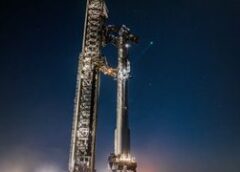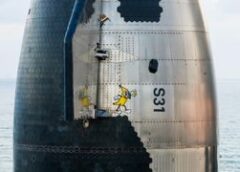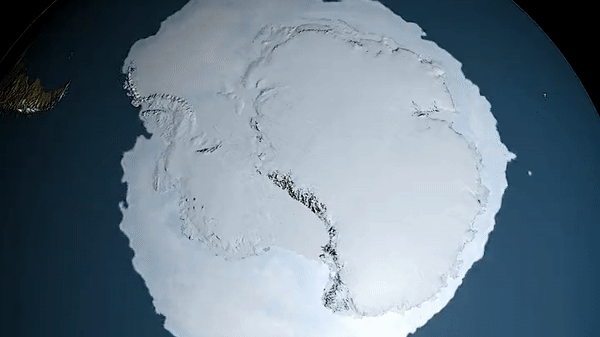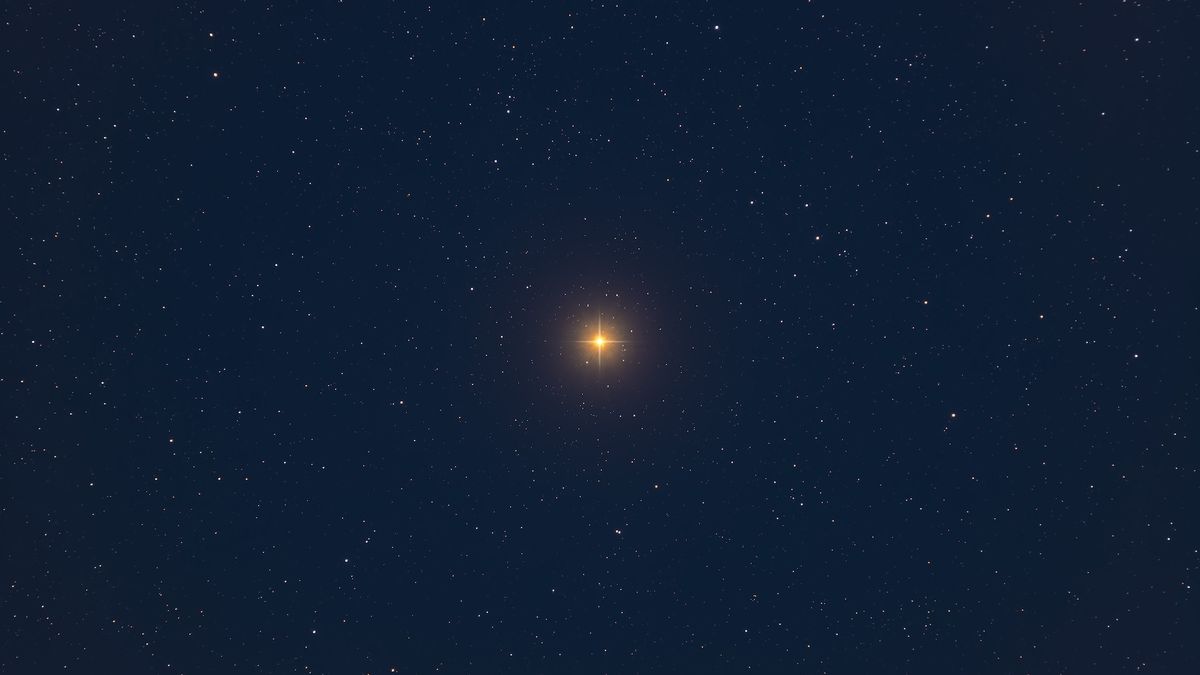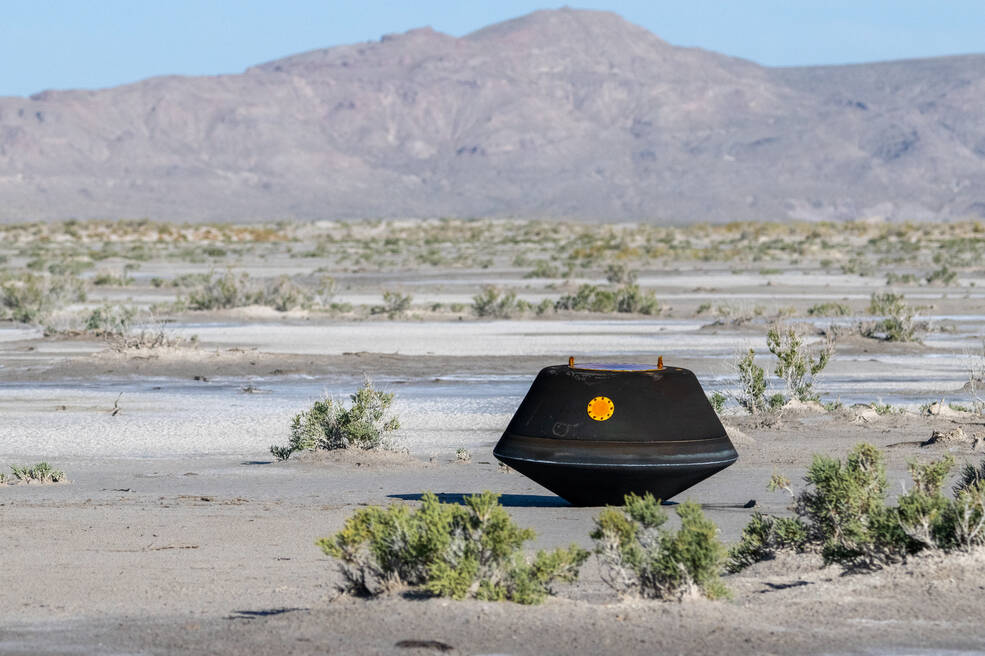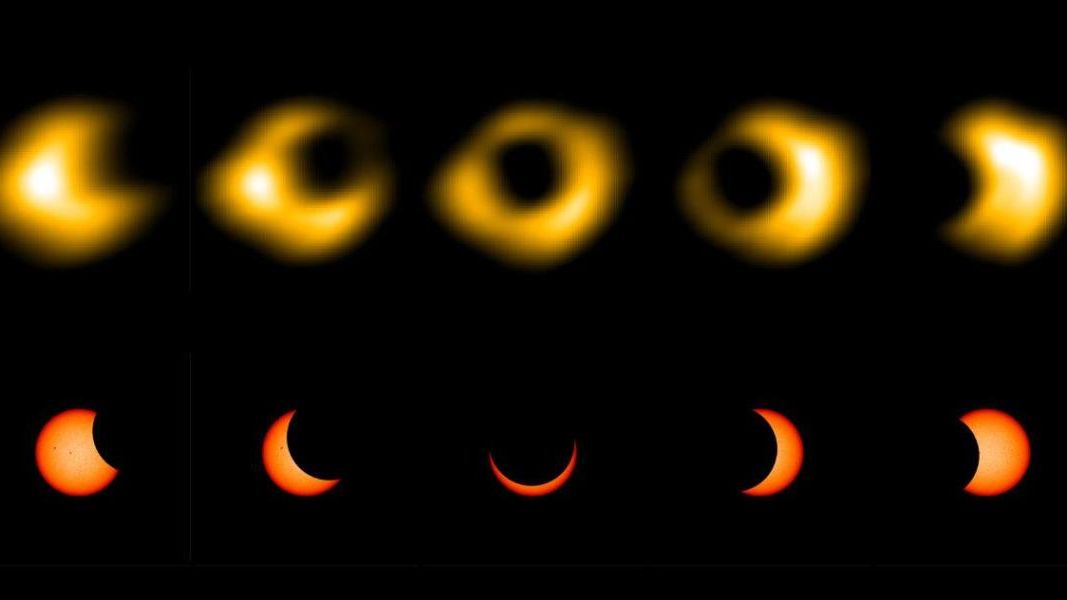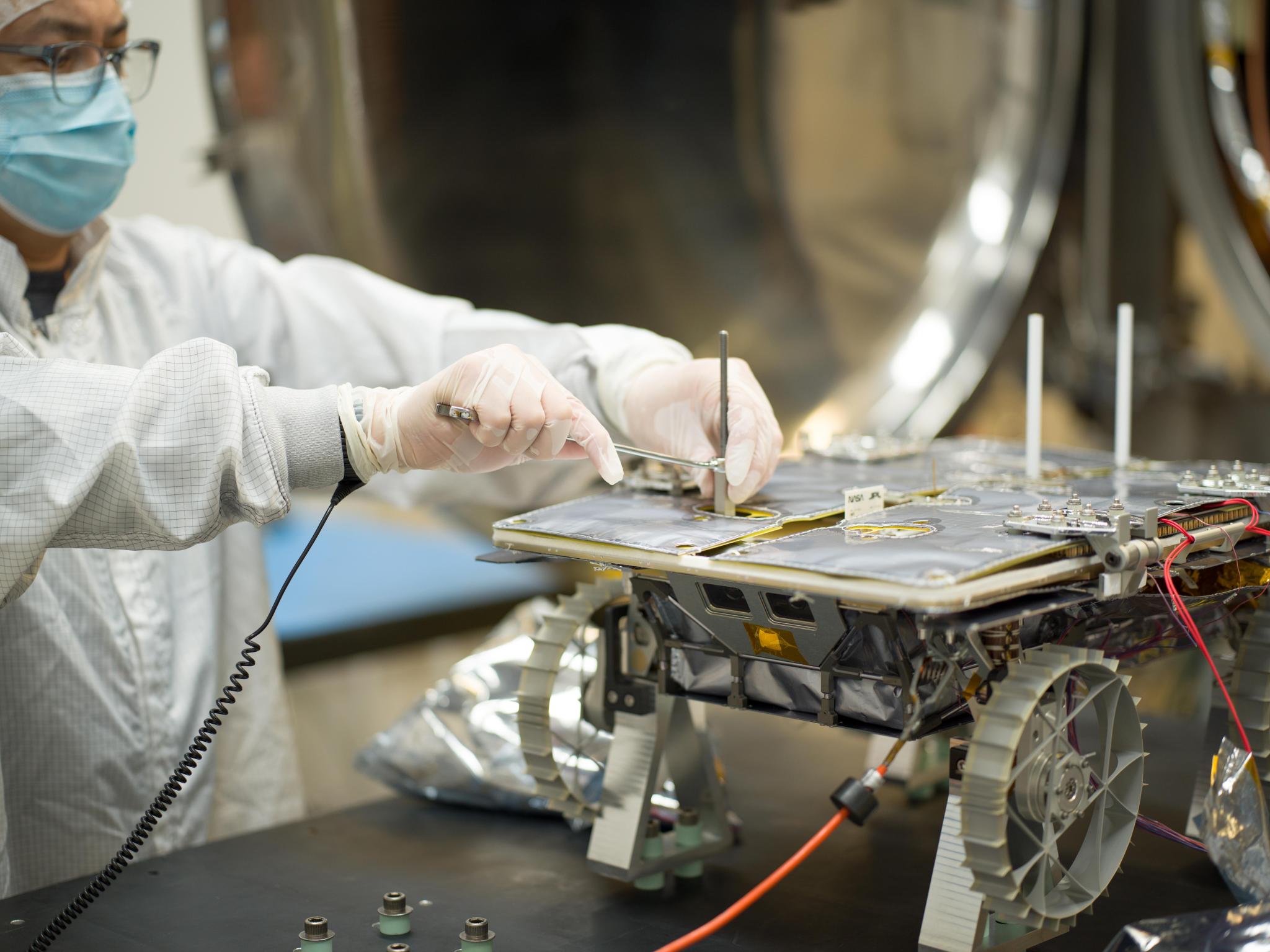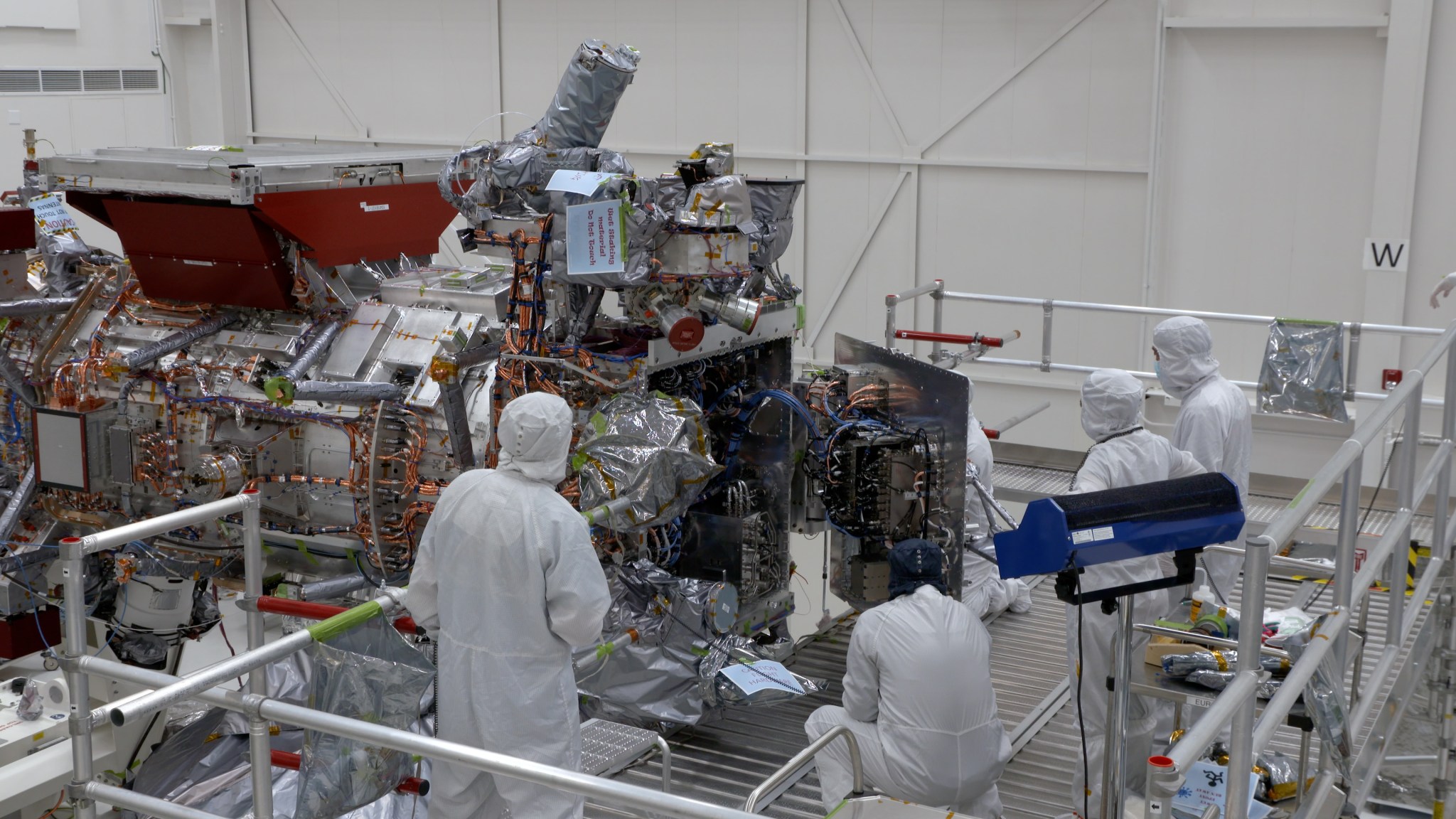It’s not looking good for the West Antarctic Ice Sheet. This body of ice is Antarctica’s largest contributor to global sea-level rise, and it’s only going to get worse from here. After running multiple simulations, researchers determined that increased melting of the sheet will be unavoidable throughout the rest of the century. Scientists previously hypothesized that a reduction in greenhouse gas emissions could mitigate the warming of the Amundsen Sea, which contributes to melting of the West Antarctic Ice Sheet. That hypothesis has now been put to the test. Related: Antarctic…
Read MoreThe mysterious dimming of supergiant star Betelgeuse may finally be explained (photo)
Can a star bounce back from the verge of death? One star did — or at least appeared to. In early 2019, the red supergiant Betelgeuse began to dim. Some observers predicted that the dimming was a harbinger of the star’s end: That it was the first warning sign that Betelguese was about to go supernova. Astronomers are now certain that isn’t true. Images released by the European Southern Observatory (ESO) on Monday (Oct. 23) clearly show Betelguese returned to normal after the event. Related: Is the puzzling star Betelgeuse…
Read MoreNASA Improves GIANT Optical Navigation Technology for Future Missions
As NASA scientists study the returned fragments of asteroid Bennu, the team that helped navigate the mission on its journey refines their technology for potential use in future robotic and crewed missions. The optical navigation team at NASA’s Goddard Space Flight Center in Greenbelt, Maryland, served as a backup navigation resource for the OSIRIS-REx (Origins, Spectral Interpretation, Resource Identification, and Security – Regolith Explorer) mission to near-Earth asteroid Bennu. They double-checked the primary navigation team’s work and proved the viability of navigation by visual cues. The sample return capsule from…
Read More1st-ever radio images of an annular solar eclipse showcase the sun’s extended corona
Your social media feeds might’ve been filled over the past couple of weeks with photos of the recent “ring of fire” annular eclipse, which crossed the western U.S. on Oct. 14. But it wasn’t just photographers who imaged the celestial event. Scientists from the New Jersey Institute of Technology’s Center for Solar-Terrestrial Research (NJIT-CSTR) used the new Owens Valley Radio Observatory Long Wavelength Array (OVRO-LWA) in California to capture the first-ever radio images of an annular solar eclipse. Using a set of 352 antennas measuring radio wavelengths between approximately 20…
Read MoreReadying a Little Rover
NASA/JPL-Caltech An engineer prepares a small rover for testing in a thermal vacuum chamber on Oct. 24, 2023, at NASA’s Jet Propulsion Laboratory in Southern California. This rover is part of the agency’s Cooperative Autonomous Distributed Robotic Exploration (CADRE) technology demonstration that’s headed to the Moon as part of the Commercial Lunar Payload Services initiative. CADRE is designed to demonstrate that multiple robots can cooperate and explore together autonomously – without direct input from human mission controllers. Learn more about these miniature rovers. Image Credit: NASA/JPL-Caltech
Read MoreCADRE Rover Getting Prepped for Testing
An engineer prepares a small rover – part of NASA’s CADRE (Cooperative Autonomous Distributed Robotic Exploration) technology demonstration that’s headed to the Moon – for testing in a thermal vacuum chamber at the agency’s Jet Propulsion Laboratory in Southern California in October 2023.
Read MoreNASA’s First Two-way End-to-End Laser Communications System
5 Min Read NASA’s First Two-way End-to-End Laser Communications System NASA's ILLUMA-T payload communicating with LCRD over laser signals. Credits: NASA/Dave Ryan NASA is demonstrating laser communications on multiple missions – showcasing the benefits infrared light can have for science and exploration missions transmitting terabytes of important data. The International Space Station is getting a “flashy” technology demonstration this November. The ILLUMA-T (Integrated Laser Communications Relay Demonstration Low Earth Orbit User Modem and Amplifier Terminal) payload is launching to the International Space Station to demonstrate how missions in low Earth…
Read MoreHubble Space Telescope reveals an unexpected galaxy trio (photo)
A new image from the Hubble Space Telescope reveals a galaxy overshadowed by its larger, merging companions. Located roughly 500 million light-years from Earth lies a galactic pair collectively known as Arp-Madore 2339-661. The two galaxies are in the process of merging, according to a statement from the European Space Agency. One galaxy is known as NGC 7733 — the smaller galaxy seen in the lower right — and the other is NGC 7734 — the larger galaxy in the upper left. However, hidden in the star-studded spiral arm of…
Read MoreWatch NASA test a 3D-printed rocket nozzle designed for deep space (video)
Engineers at NASA’s Marshall Space Flight Center in Alabama conducted a test of a new 3D-printed rocket nozzle designed for deep space. The test was conducted as part of NASA’s Reactive Additive Manufacturing for the Fourth Industrial Revolution, or RAMFIRE, project. RAMFIRE seeks to investigate the use of 3D printing and aluminum in order to reduce manufacturing times and weight. Reducing mass, and therefore takeoff weight, is a crucial goal for laboratories and space agencies developing hardware for future exploration in deep space far beyond low Earth orbit, said John…
Read MoreHow NASA Is Protecting Europa Clipper From Space Radiation
5 min read How NASA Is Protecting Europa Clipper From Space Radiation Engineers and technicians are seen closing the vault of NASA’s Europa Clipper in the main clean room of the Spacecraft Assembly Facility at JPL on Oct. 7. The vault will protect the electronics of the spacecraft as it orbits Jupiter. NASA/JPL-Caltech To explore the mysterious ice-encrusted moon Europa, the mission will need to endure bombardment by radiation and high-energy particles surrounding Jupiter. When NASA’s Europa Clipper begins orbiting Jupiter to investigate whether its ice-encased moon, Europa, has conditions…
Read More